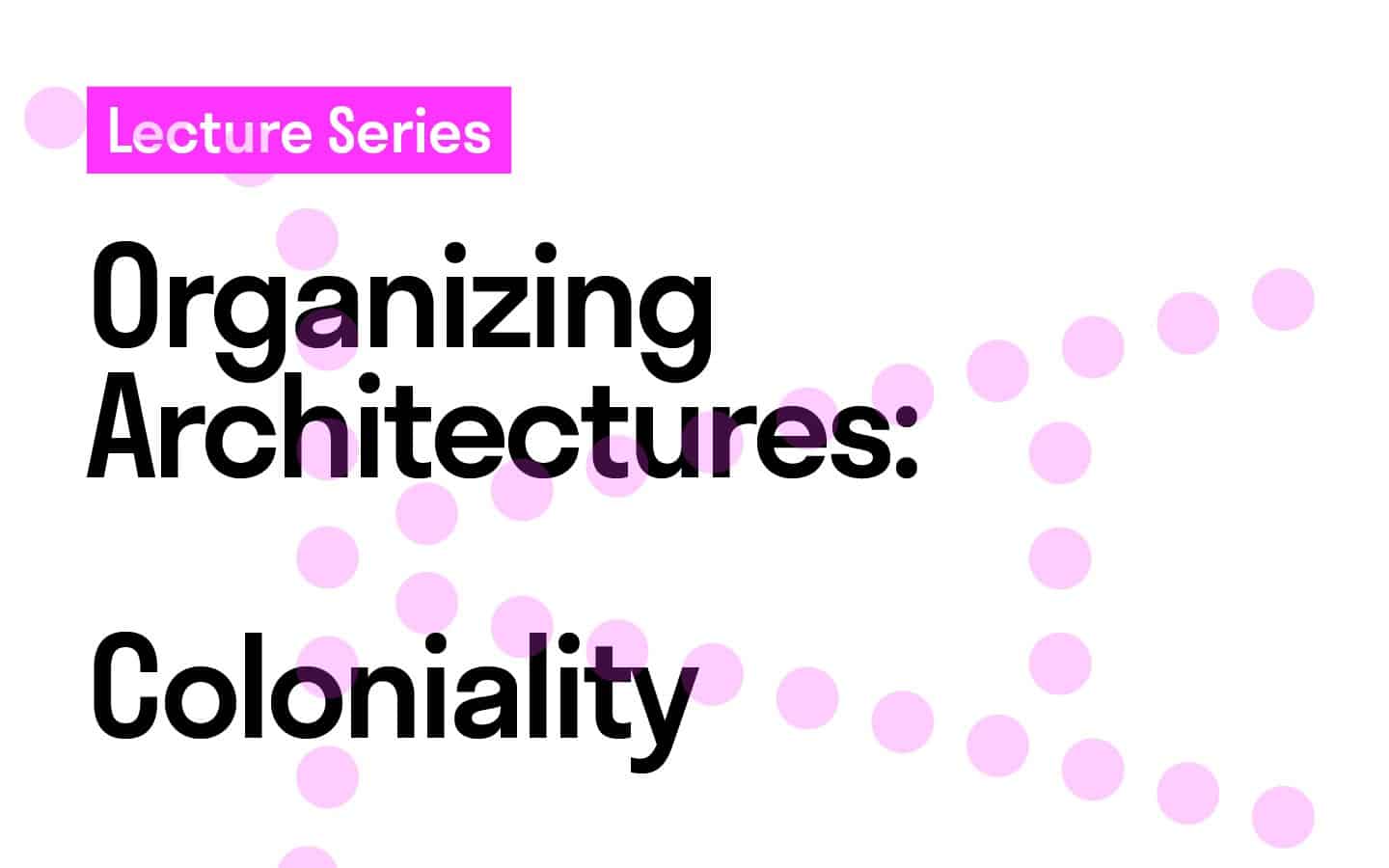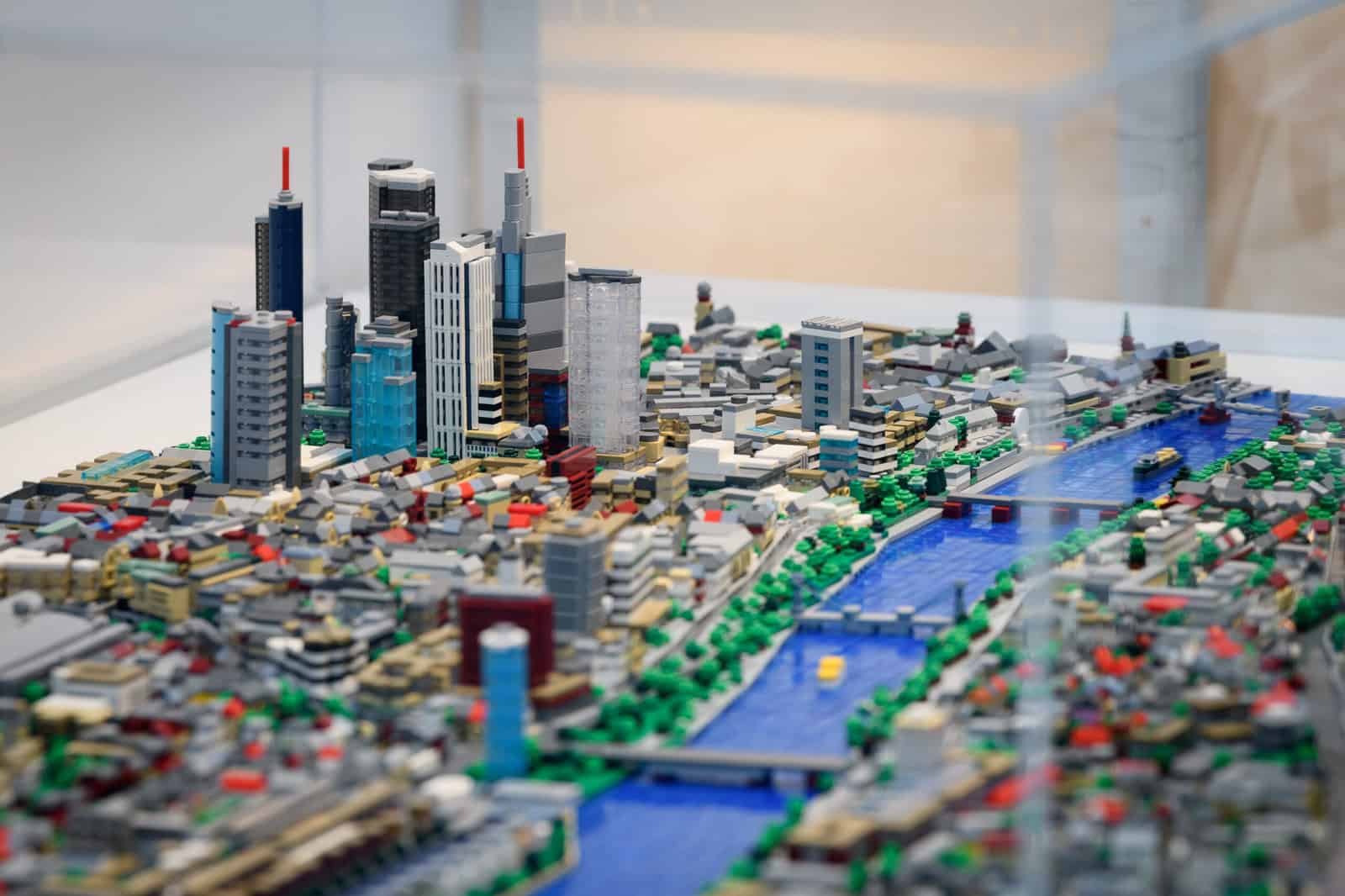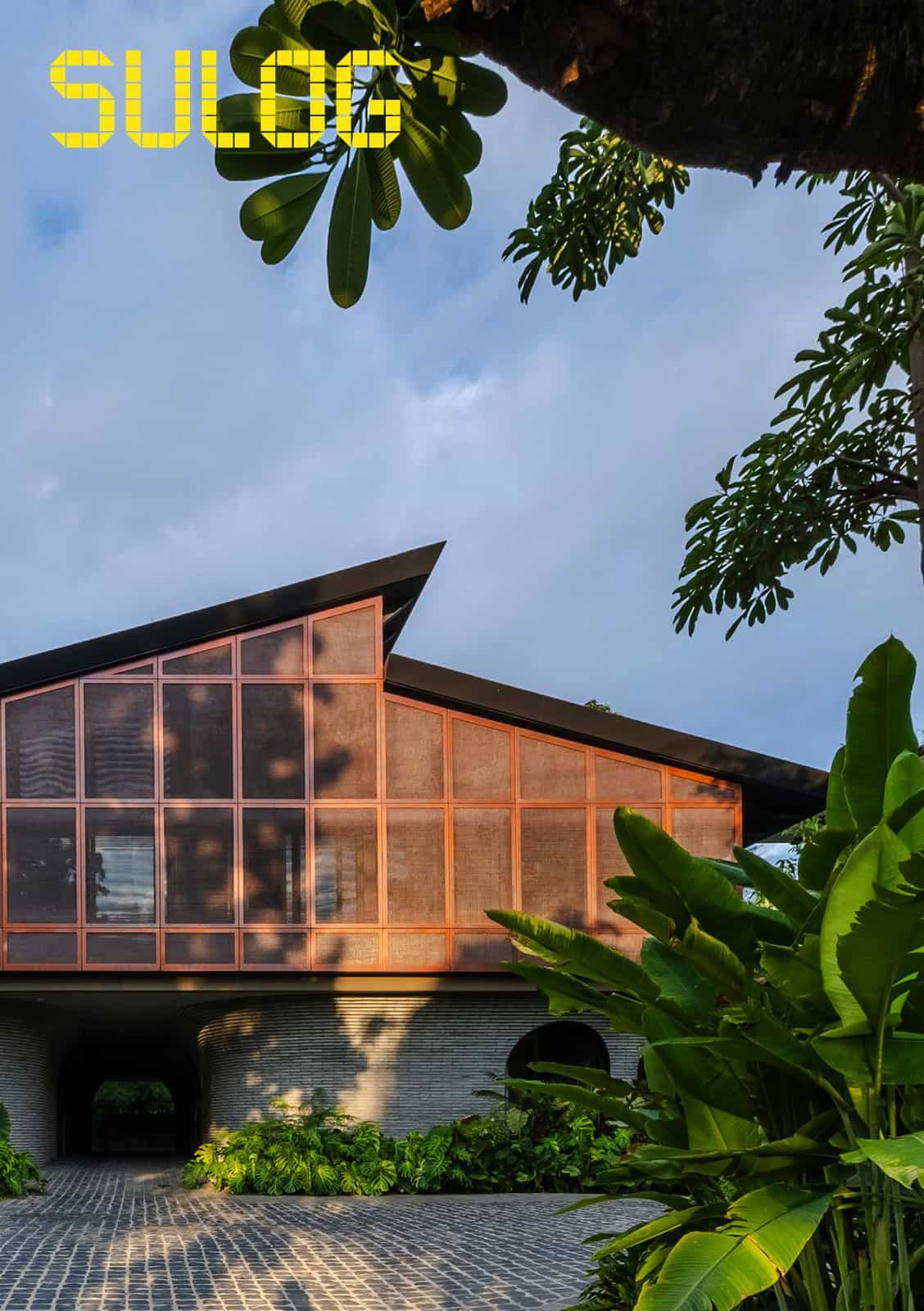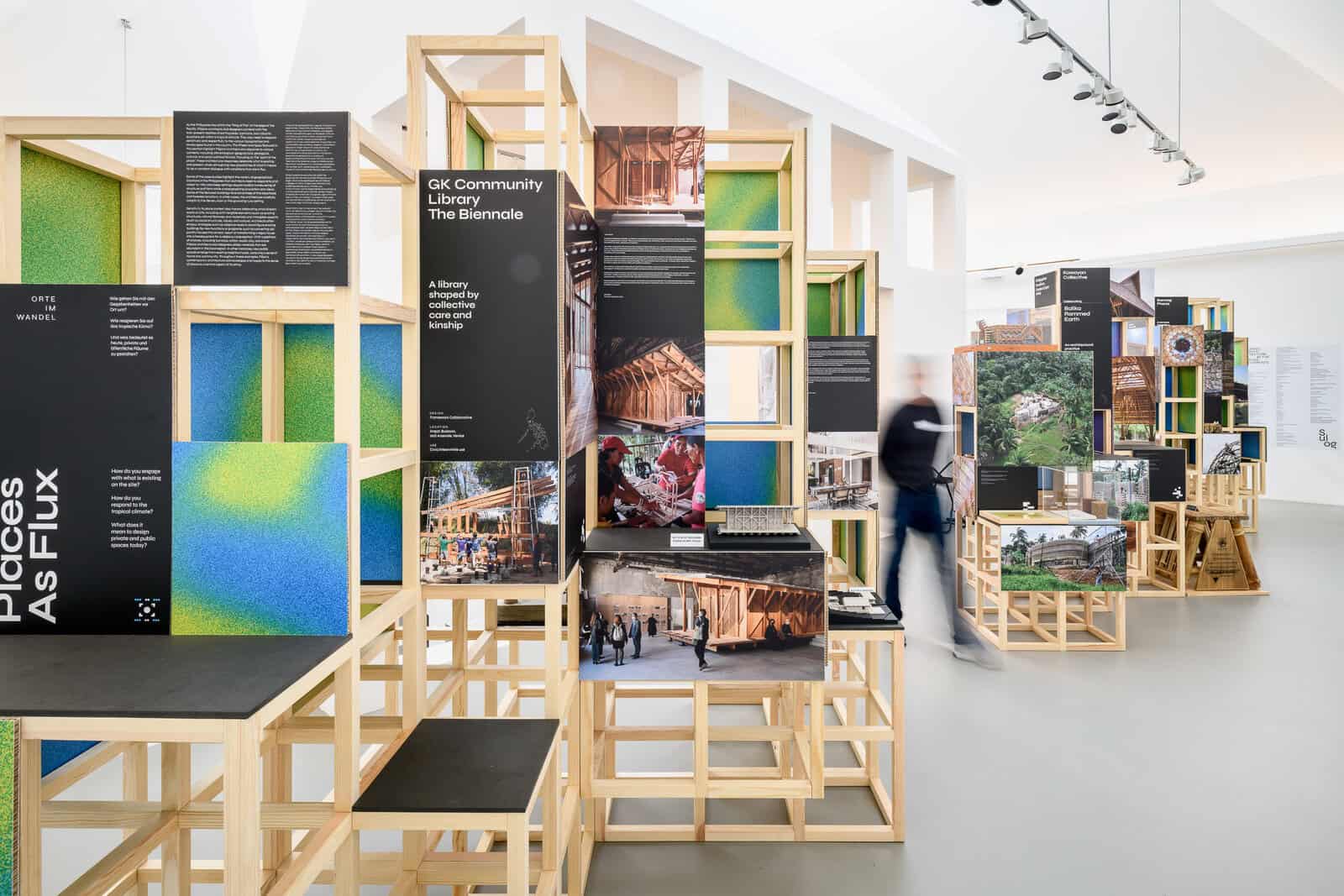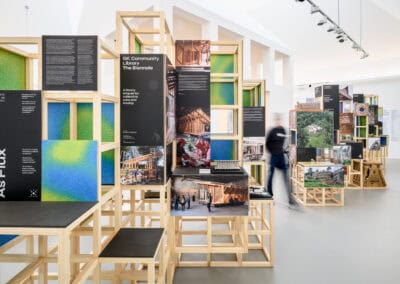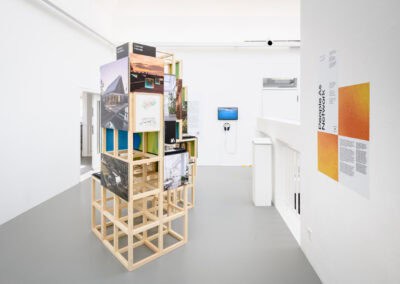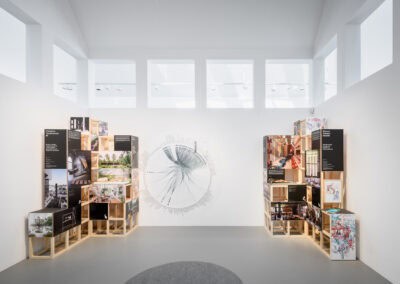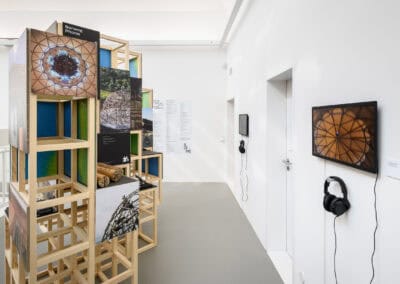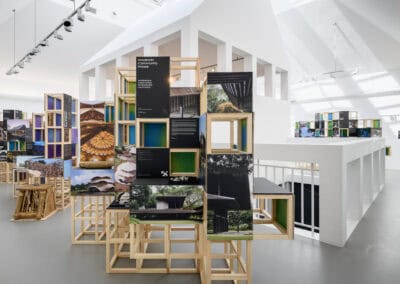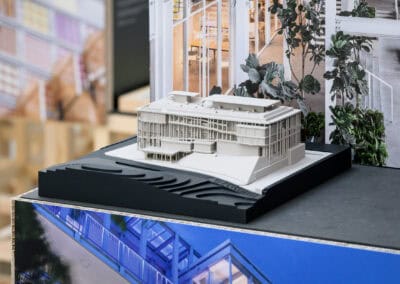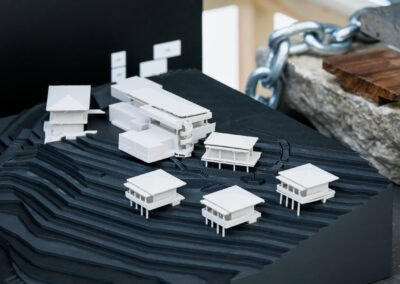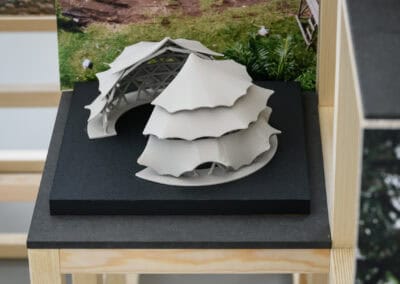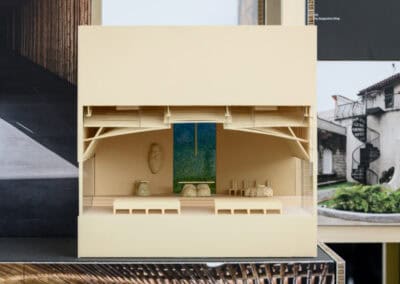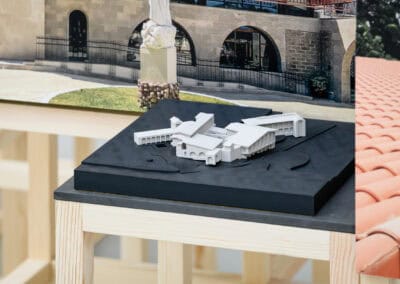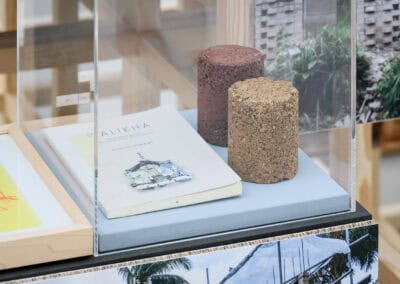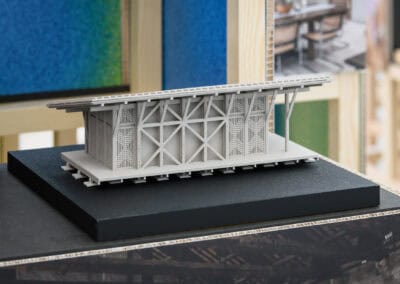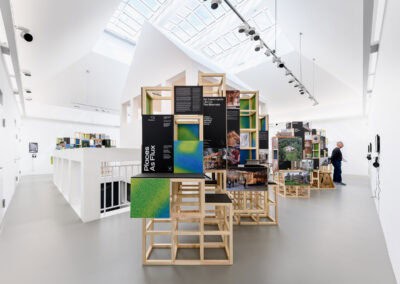
Sulog
Filipino Architecture at the CrosscurrentsPhoto: Parang Maguindanao del Norte Province 2024 © STUDIO IMPOSSIBLE PROJECTS, Patrick Kasingsing
Sulog
Filipino Architecture at the Crosscurrents
Arkitekturang Filipino sa Agusan
September 20, 2025 – January 18, 2026
Exhibition Opening: September 19, 2025, 7 p.m.
Deutsches Architekturmuseum (DAM)
National Commission for Culture and the Arts (NCCA) in collaboration with Deutsches Architekturmuseum (DAM)
Contemporary Filipino Architecture is at the nexus of interconnected and intersecting forces. Once imagined as limited within the confines of the Philippines as a geographical setting, Filipino Architecture is recast as the continuous flow of people, places, and processes. “Sulog”, a Cebuano term that refers to “water currents”, encapsulates the dynamic ebbs and flows of Filipino Architecture that is born of an archipelagic setting and whose sense of becoming is enmeshed within crosscurrents of multiple flows and network exchanges.
The exhibit is inspired by anthropologist Arjun Appadurai’s conception of “Global Cultural Flow” (1990) as an intersecting transnational network of exchange between people, goods, economics, politics, and ideas. He suggests that we need to understand these cultural flows across geo-political boundaries through the five dimensions of ethnoscapes, technoscapes, financescapes, mediascapes, and ideoscapes. Following this framework, we can then also understand that the production, consumption, and mediation of architecture are embedded within the ever-dynamic currents of movement that could never be limited to just one idea of territory. Thus, we can think of architecture as not simply emerging from a single nation or country but instead as a confluence of cultural exchanges occurring across time and space.
Three interlocking themes emerge from this reconceptualization of Filipino Architecture. First, “People as Network” presents architecture and the built environment as emerging from the imagination, experience, and engagement with people. In this sense, we understand architecture through the Filipino architects, collaborators, clients, communities, mentors, educational lineages, and the diaspora of the Filipino people across the world. Second, “Places as Flux” highlights the built environment as fundamentally grounded in places. Under such conception, an idea of place can cover a multitude of aspects of architecture, such as the site context, tropical climate, geological, geography, culture, history, and placemaking. Third, “Process as Flows” acknowledges the decision-making processes involved in the production and consumption of architecture through materials, construction, participatory methods, community engagement, heritage conservation, and the socio-political context.
As contemporary Filipino architecture emerges from the dynamic crosscurrents and interplay between people, places, and processes, it would also need to transform dynamically in the future. This exhibition invites everyone to ask more questions as we imagine things to come: How will the projected population growth impact Filipino architecture in the future? How will the challenges of climate change transform the way we design our built environment? What kind of new processes will emerge in the making of Filipino architecture? It is only by accepting that change is inevitable in Filipino Architecture that we can achieve its potential as a contributor to the global discourse and production of the built environment.
Exhibition catalogue available for download
Edson Cabalfin, Patrick Kasingsing, Peter Cachola Schmal (Curatorial Team)

